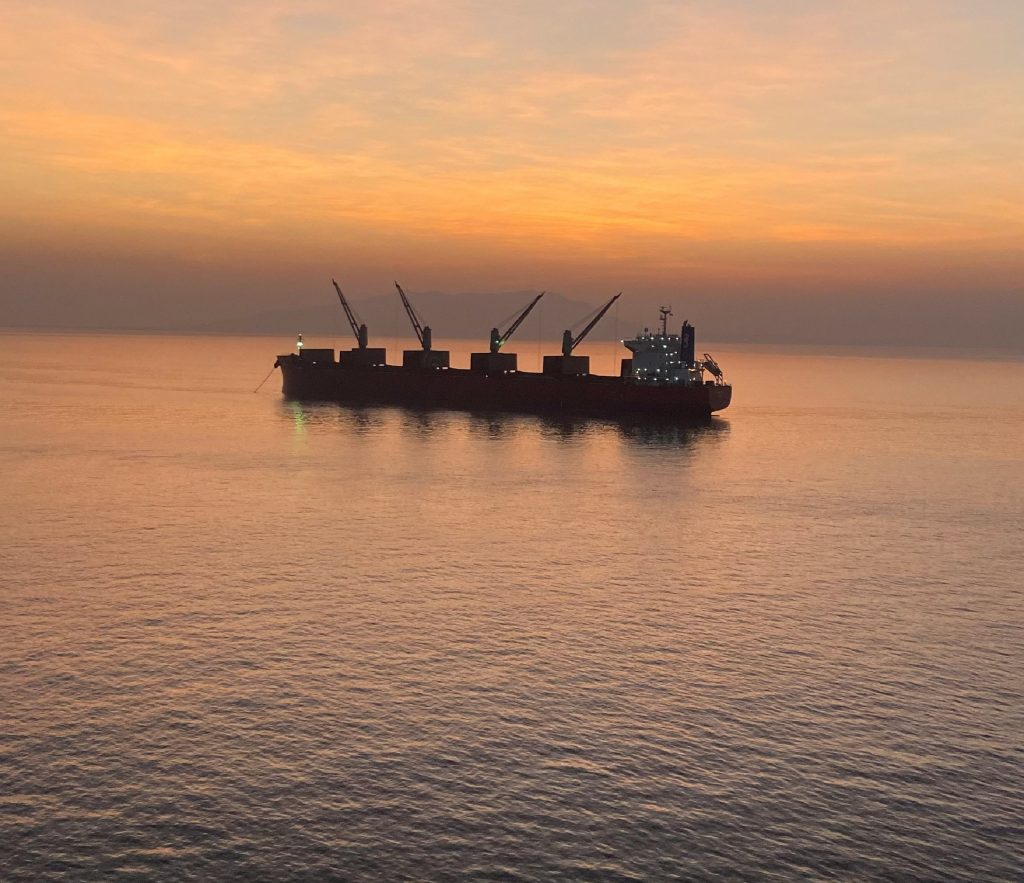The narrative for the oil market for the bulk of the year has been relatively straightforward. An excess of supply through increases in production from OPEC+ members was driving prices lower. Saudi Arabia looked to be in the driving seat for the recent increases in production having grown frustrated at other OPEC members indiscipline at sticking to agreed limits. It was also not an unhelpful position for Saudi Arabia and other Gulf States to be seen as contributing to bringing down oil prices in advance of the trip by President Trump in May. With plenty of spare capacity across OPEC members, the bulk of the forecasts for the price of oil that came across my desk, suggested that the pricing power for the oil producing countries was looking limited both this year and next.
Does the Iran situation put that in doubt?
Since early June, the oil price has been rising and moved higher in response to the onset of hostilities between Israel and Iran, and the subsequent US strike against Iranian nuclear facilities that followed.
Whilst the threat of disruption to supply, either from Iran itself which predominantly exports oil to China, or through the Iranian-led disruption of the safe passage of oil tankers and liquefied natural gas (LNG) carriers through the Straits of Hormuz has eased with the onset of a ceasefire, risks remain should hostilities flare up. With over 20 million barrels of oil from Saudi Arabia, Iraq, UAE, Kuwait, Iran and Qatar being transported through the Straits each day (c20% of global supply) and with similar amounts of LNG supply at risk, this represents a particularly acute pinch point for supply.
China’s position as the primary destination of Iranian oil is interesting, not only as its main buyer with a clear interest in the continued transport through uninterrupted seas, but also as a supporter for the Iranian regime and what influence it can levy in limiting the Iranian response.
Memories are still strong from the impact of the spike in inflation driven by the Russian invasion of Ukraine in 2022, and what that meant not only to inflation, interest rates and asset prices, but also to established energy supply chains. As such, there will continue to be watchful eyes on both the levels of tension in the region, but also those crucial supply choke points.
The US – getting all its DUC’s in a row.
Notwithstanding the immediate issues in the Straits of Hormuz, one of the casualties of the lowering of the oil price has been a levelling off in US oil production. Whilst the overall level of production has been in the region of 13,000 barrels a day since 2023, there has been no sign of US oil producers responding positively to the demand from the US President to “Drill, baby, drill”. With the US Energy Information Administration now forecasting an outright decline in US production in 2026, low oil prices are not encouraging a significant increase when it comes to future production.
Worse still, the number of DUC’s are falling is the States.
DUC’s, in this instance, are drilled but uncompleted wells, part dug wells that are not yet flowing but are part-drilled to allow a quick turnaround into productive wells as and when demand, and more importantly price, rises. With the US administration keen for the US oil market to keep gas (petrol) prices low at the pump for US drivers, US oil producers are understandably less keen on bringing more supply to the market when the price of oil has fallen to a level that at best makes a well break-even. Typical breakeven rates for a new well demand the oil price to be around $60-65 a barrel to cover its costs, so with oil prices looking subdued, US oil producers may continue to show restraint. US tariffs, particularly on steel products, for example items such as drilling pipes that are used in the construction of a new well, puts rising pressure on this breakeven point too, particularly for smaller, less diversified producers.
The Israel/Iran conflict will remain a significant source of volatility and risks the potential disruption to energy supplies in a way that has not happened since 2022, and the price of oil will be highly sensitive to the nature of that conflict. More broadly, with economic growth looking more challenged which weakens the demand picture, and the oil market looking well supplied this year and next, the outlook for oil prices looks weak. The US producers stand ready to increase production should prices rise, which, adds a cap to prices. The very large caveat is that this requires an absence of any disruption to supply, which is why the Israel/Iran conflict and the safe passage of all those tankers in the Straits of Hormuz, remains the issue that will drive any key price-making.


